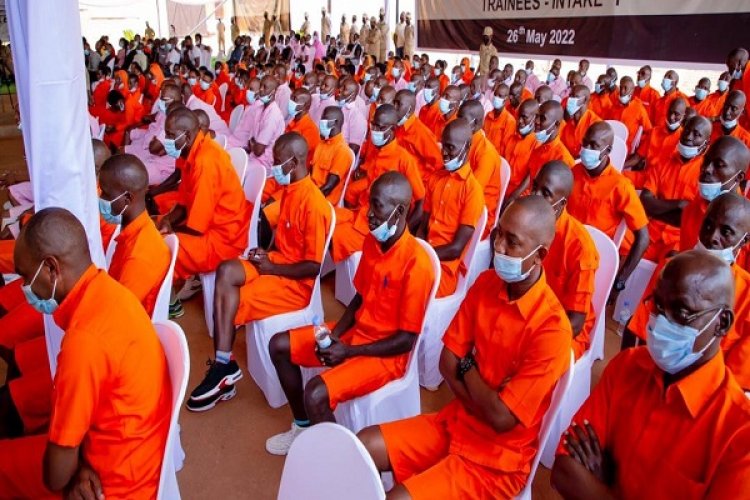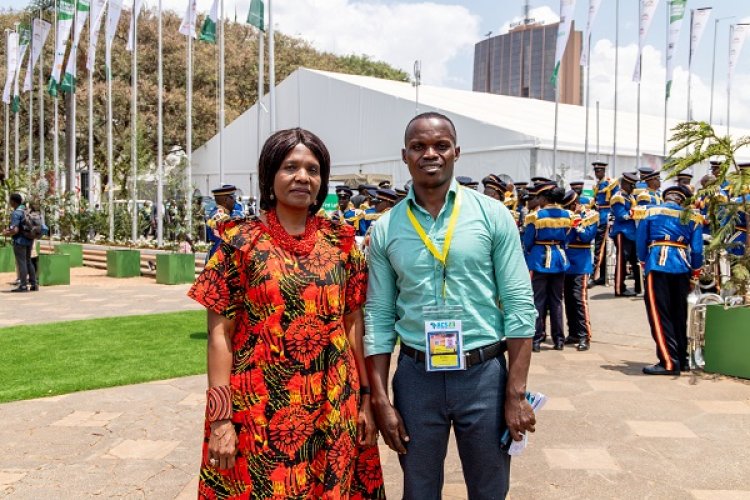If you are a regular visitor to parts of Central African Republic, Sudan or Somalia where climate vagaries ranging from floods, droughts and storms have been wreaking havoc lately, you will be quick to realise that people abandon their homes at a rate never seen before.
You will learn that returning is something that barely crosses the minds of affected individuals and families no matter how life gets hard on the move.
These countries so far host some of the largest climate change casualties, and disasters have increasingly eroded possibilities of life and survival, forcing more people to abandon their ancestral lands.
They are either farmers or pastoralists who have suddenly become landless and have no crop or livestock asset to fall back to in the aftermath of adverse weather events such as prolonged droughts, floods and others.
They see no future here and, sadly, they do not move to better opportunities. They move out of desperation. They definitely become climate refugees, migrants.
Also read: Rwanda floods: The not-so-visible hand of wealthy nations
Africa had a staggering 32.6 million people – men, women, young people and children – in this situation last year alone.
Officials at International Organization for Migration (IOM) which documents these displacements indicate that, of these displaced people, 7.6 million were in Sub-Saharan Africa.
The agony arising from these movements is well written in the faces of women and children who are forced to abandon their homes across parts of Africa as toll of adverse weather events intensify year in year out.
“We see this all across the continent. I have heard millions of stories from millions of people, people who do not see hope for their children, people who do not see a future in which they may thrive, much less survive,” says IOM’s Director General, Amy Pope.
Ms Pope who spoke at a side event of the inaugural Africa Climate Summit in Nairobi Monday further warned that the worst is yet to come, if unchecked.
“This is just the beginning,” Ms. Pope told the summit, adding that it is happening to people who are least able to withstand the shock.
I have heard millions of stories from millions of people, people who do not see hope for their children, people who do not see a future in which they may thrive, much less survive.
Amy Pope. IOM Director General
The United Nations Framework Convention on Climate Change estimates that over 300 million people live in communities that are extremely vulnerable to climate change globally.
In particular, extreme weather fueled by climate change pushed around 250 million people into high water stress, while approximately 700 million are expected to be displaced by 2030 due to water related crises.
Cost of inaction
Without concrete climate and development action, as many as 216 million people in Africa could be compelled to migrate within their countries by 2050 due to slow onset climate factors.
Climate activists say the support to countries to address the human mobility and climate change nexus remains insufficient and its prioritization at the global level continues to be lacking.
This see climate refugees endure mistreatment while on the move and lack access to protection and rights to reside or establish themselves at destinations.
Ray of hope
Now people lay hope in ongoing negotiations by African leaders to adopt a legal instrument that seeks to, among other things, ensure the dignity, protection and rights of climate migrants in accordance with international and regional commitment and frameworks.
The instrument was mooted in Kampala in July 2022 by ministers from East and Horn of Africa region who convened for inter-ministerial conference on migration, environment and climate change.
Their declaration which since garnered 15 signatures is expected to be tabled at ongoing Africa Climate Summit for adoption by all AU member States, Newspaper Africa has learnt.
Technical teams have been working on the legal document at a meeting held from August 23 – 25 this year in Nairobi.
A draft declaration seen by NewsPaper Africa shows nations are seeking to commit to implement legal instruments aimed at safeguarding people in vulnerable situations and those compelled to leave their original places of residence due to climate change and man-made disasters.
Also read: Govts in Africa mull migration policy changes to cater for climate refugees
Member States also agree to incorporate human mobility consideration into national climate change policies and national communication reports.
“I hope that we shall be able to agree and come up with a declaration that we can hand over to our heads of States tomorrow for onward agreements and collective voice when we shall be reading the African declaration to the world,” Soipan Tuya, Kenya’s Cabinet Secretary, Ministry of Environment Climate Change and Forestry, told her counterparts on Monday.
If successful, IOM officials believe the signing will be historic. Existing migration policy frameworks, including global conventions have largely failed to recognize people fleeing disasters and climate change in their provisions.
“It’s our obligation to these communities of people to work with them to prepare so they can move safely. They can move regularly. They can walk with choice and that they can move toward opportunity,” said Ms. Pope
Read: Odai on diaspora and why migration shouldn’t be do or die affair









